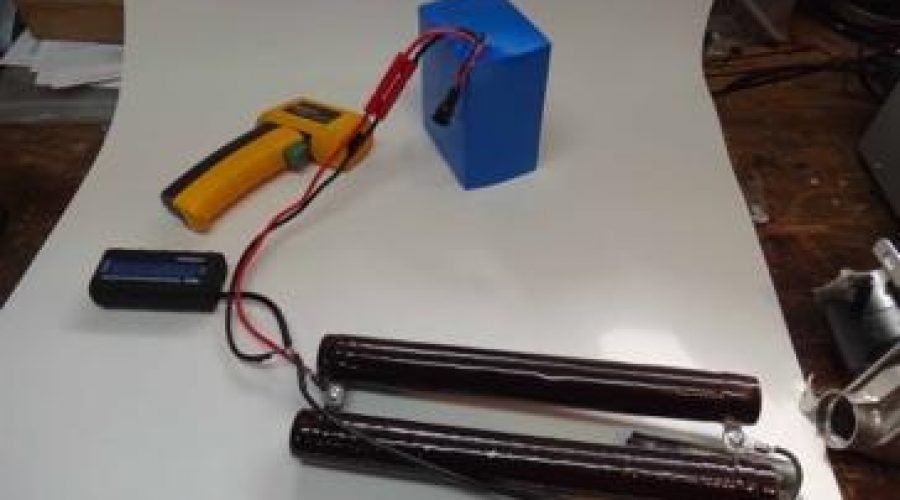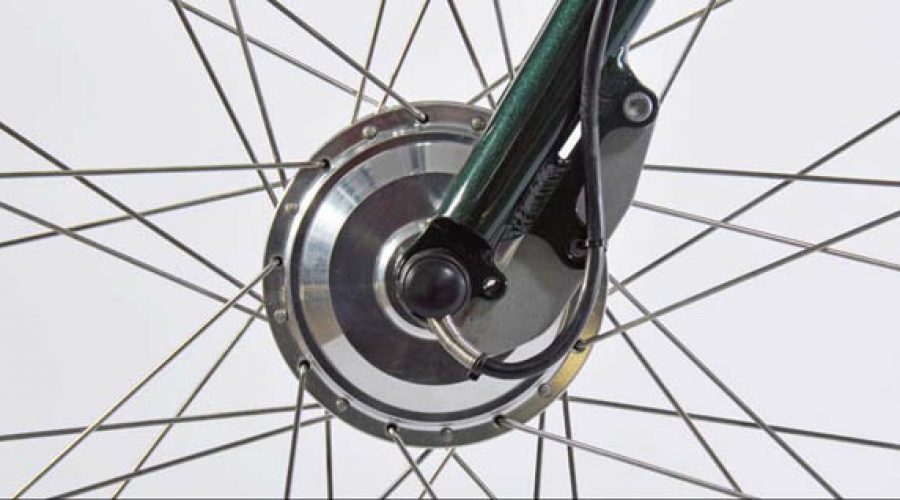This is a summary of a 3 ½ year field-test of an NCR lithium-ion battery. For discussion of our batteries in general refer to discussion 4, “Battery technology”. For 2022...
Read More
Our bikes are all motor assisted at the front wheel, as opposed to the rear wheel or at the crank. A front wheel motor (1) facilitates even weight distribution and...
Read More
E-bikes are one of the best energy choices available for alternative urban transport…so much so that e-bikes vie for low-energy supremacy over conventional pedal-only bikes. Lower than unaided walking as...
Read More
Like most e-bikes on the market, ours use lithium-ion batteries. There are, however, many types of lithium-ion battery, and improvements in their chemistry are made every few years. Our ongoing...
Read More
No, too many drawbacks. Regeneration (recharging from pedaling or when going downhill) is not of much benefit to e-bikes, as it is with, say, hybrid cars. With our e-bikes you...
Read More
A half-grip twist throttle on the left side of the handlebar controls power to the motor. Like on a motorcycle, twisting the throttle provides fine control proportional to the amount...
Read More
Range - without pedaling 30 km; with pedaling 50 to 100 km. The standard Pedal Easy battery has a nominal energy capacity of 320 Watt-hours (at 300W discharge rate). For...
Read More
Below are photos showing the exterior and interior of a well-used PedalEasy hubmotor (as well as several showing how it looked when it was new). Detailed internal inspection showed no sign of significant...
Read More
For several reasons we designed our bikes to be motor-assisted at the front wheel, as opposed to the rear wheel or at the crank. One reason is better weight distribution....
Read More
This is an update on an earlier post "Our Batteries", please refer to that article for background on NCR chemistry. Estimates of the service lives of lithium ion batteries,...
Read More











